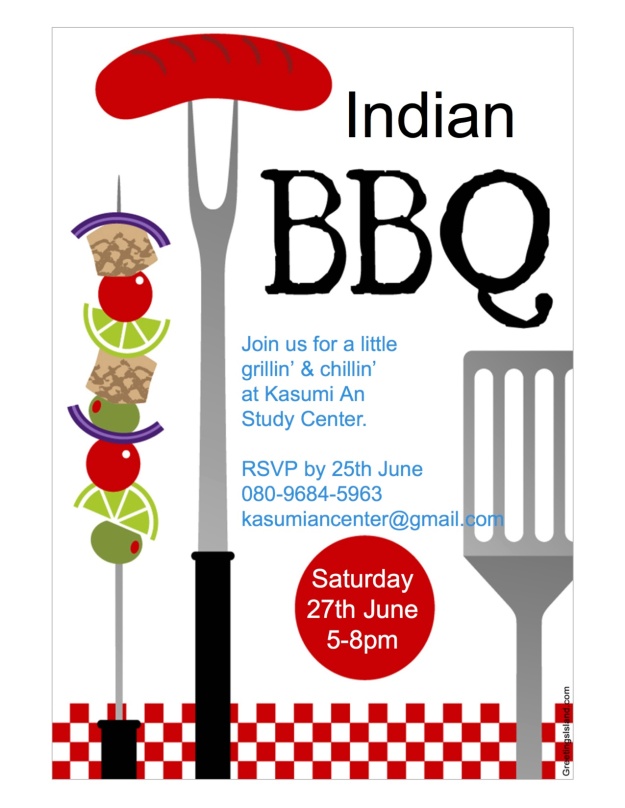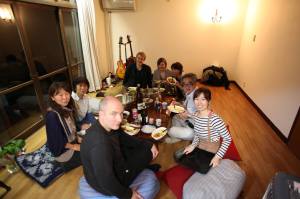悪い感覚 Warui Kankaku: Use Your Bad Technique as a Strategy
From Bujinkan Santa Monica by Michael
 |
| I get the distinct feeling I'm being watched. I wonder if he would approve? |
Then Soke said something that made everyone laugh, but he was quite serious…
"This is a bad feeling."He used the words 悪い感覚 warui kankaku. He went on to add that you have to take what's bad, and make it good. This idea hits on many levels for our current Bujinkan study.
Of course when someone attacks you it creates a bad feeling. The bad feeling can also arise when you find yourself in a bad situation. It can even help you avoid trouble before it starts. Take the "bad feeling" and turn it to something good by winning the fight, or by escaping before the fight.
But Soke also meant 悪い感覚 warui kankaku on another level. He meant that we should take our bad technique and make it good. Not just to get better as a martial artist, but to use this as an actual strategy in combat. Use your own bad technique to win!
How do you do that? The answer has a big clue for this year's theme. Soke said,
"Don't think of trying to make it work. You don't have to make this work. Don't be tied up in whether it works or does not. No one ever teaches you that it's ok if it doesn't work."and,
"It's ok if it doesn't work, because you can change. You can keep going."Hatsumi Sensei even gave us an example of how to do this. First, you may try to do a technique. Maybe you use a technique that you are skilled with. When the opponent senses this, when he thinks you are about to do a technique, you just take that away from him.
Then you do a bad technique. Maybe one that you've never studied. Or a random henka that doesn't even exist in the densho. This kind of "bad feeling" is a way to steal the fighting power away from your opponent.
This leads to 自然力 shizenryoku, or to a power greater than yourself. Soke looked up from his defeated opponent on the mat. Many of us in the dojo were stunned. He said,
"There's no decided outcome, but because of that, there is. You're not deciding the outcome. You let that be decided naturally. This is this year's theme."This happened during my first class when I got off the plane and went straight to the dojo. After 20 hours of travel, I could have just passed out in my hotel room because I was "too tired" to go to training. But I would have missed this experience. I'm glad that I took that bad feeling and made it into something good instead.











